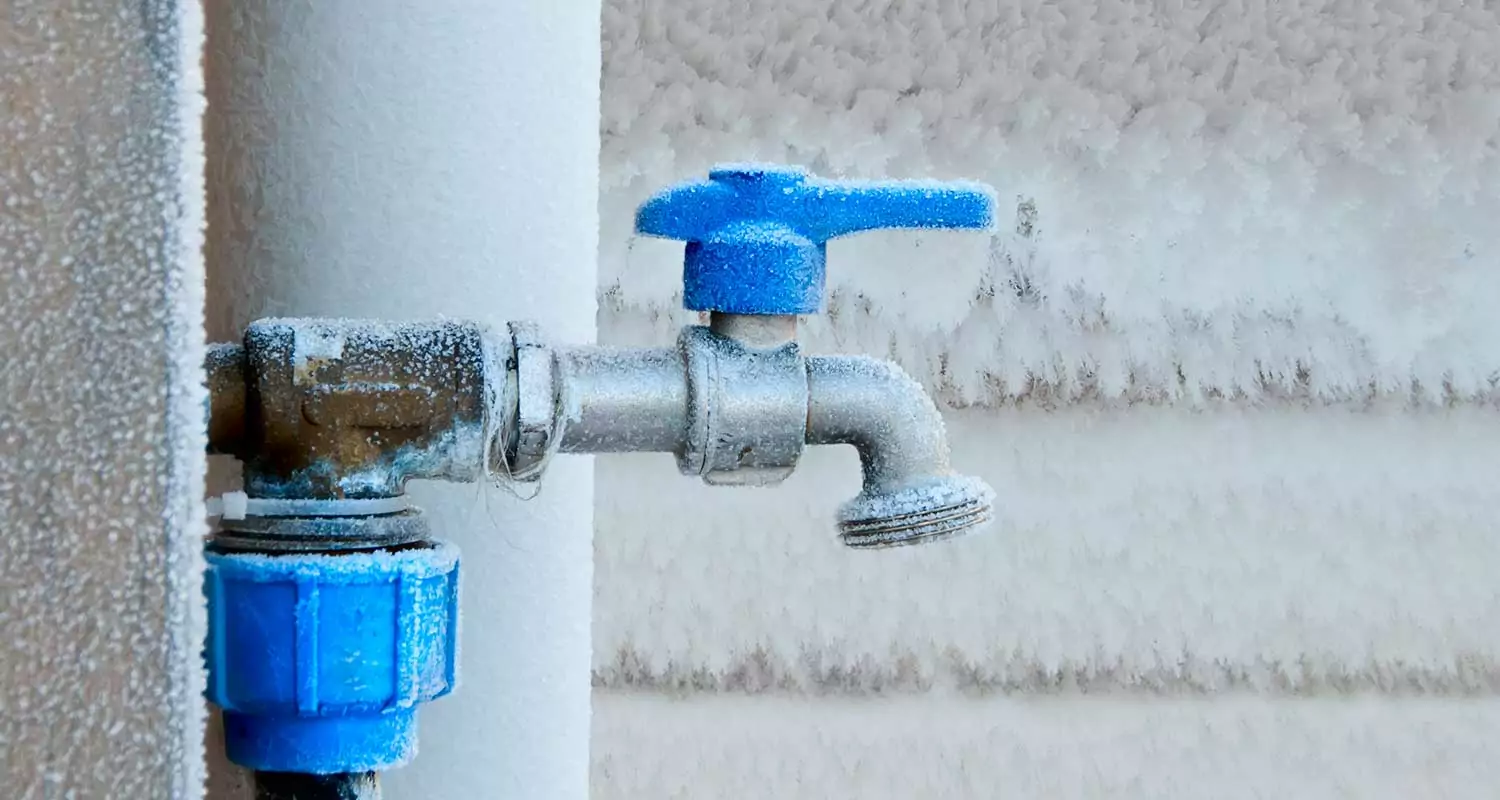Frozen Pipes: Prevention And Thawing Tips
Winter brings a range of challenges and changes that can cause problems in your home due to the drop in temperature. One of the biggest plumbing difficulties that you can face during the winter months is a frozen pipe.
If the pipes in your home freeze over, the cold water inside can cause the pipe to burst, resulting in extensive water damage and expensive repair costs. Knowing how to prevent or thaw out a frozen pipe can save you a lot of time, hassle, and money this winter.
Follow these helpful tips to protect the plumbing in your home this season.
Prevention Tips
The best way to protect your pipes is to use preventative measures. Here are two simple methods homeowners can use this season.
Installing Insulation
Insulating exposed pipes or those that are most at risk of freezing will help provide protection and slow down the rate at which heat transfers to cold.
In some cases, foam insulation can be an adequate source of heat retention. However, if your home regularly suffers from frozen pipes in the winter, professionals recommend that you invest in fiberglass insulation.
This material should be installed between the exterior wall and the affected pipe, as the extra insulation will retain heat around the area of the pipes, preventing the water from freezing.
Running Water
It is the water inside the pipes that actually freezes, which cannot occur if the water is continuously running.
If you have a pipe that is prone to freezing, try leaving the connected faucet slightly open. Doing this will enable the water to keep running, therefore preventing it from freezing over. Allow the faucet to drip for a short period at intervals throughout the day to avoid increasing your household bills.
Running water through the affected pipe can also help if it is already starting to freeze over, as this will aid in melting any ice that is forming.
Thawing Methods
If you find that your pipes have already frozen over, then there are a couple of things you can do to thaw them.
Heating the Pipe
The best way to thaw a frozen pipe at home is to try to heat it up. If this does not work, it may be time to call in a professional plumber.
Turning up your thermostat slightly can help, but you need to apply direct heat to the affected pipe to prevent it from rupturing or bursting.
Always be careful when attempting to heat up frozen pipes – you need to be vigilant and avoid using flammable materials. Never use an open flame or devices such as a blowtorch, propane heater, gas stove or anything using kerosene, as this can be extremely dangerous.
Towels soaked in hot water can be wrapped around the frozen pipe to thaw the ice over time. You can also try using other household objects, including a handheld hairdryer, space heater or a heating pad. Whatever way you choose to heat up the frozen pipe, you must always be in the room to supervise and should never leave any form of electric device unattended in front of a frozen pipe.
Apply heat to the frozen pipe until the water pressure returns to its previous level.
Heat Tape
Another option is to purchase specialist heat tape to put around the frozen pipe. Wrap around the affected plumbing and plug the cable in until the water flow resumes. Make sure to remove it when the pipe is thawed as this can pose a fire risk.
